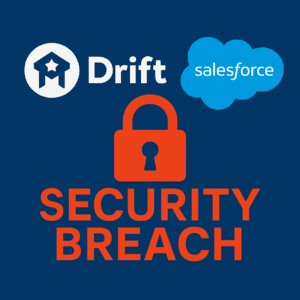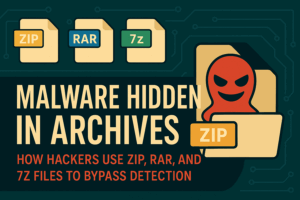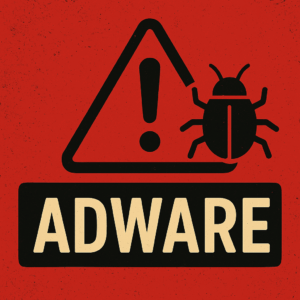Cryptocurrencies have revolutionized how we think about money and digital assets. However, with great financial freedom comes the need for enhanced security. Your crypto wallet is the gateway to your digital assets, and ensuring its safety should be your top priority. In this guide, we’ll explore the best practices for securing your crypto wallet and protecting your investments from potential threats.
What Is a Crypto Wallet?
A crypto wallet is a digital tool that allows you to store, send, and receive cryptocurrencies. It doesn’t actually store your coins but instead holds the private keys that give you access to your digital assets on the blockchain. There are two main types of wallets: hot wallets, which are connected to the internet (like mobile or web wallets), and cold wallets, which operate offline (like hardware wallets). Hot wallets are convenient for frequent transactions, while cold wallets are better for secure, long-term storage. Understanding how wallets function is key to protecting your assets effectively.
Why Securing Your Crypto Wallet Is Important
Unlike traditional bank accounts, cryptocurrencies operate in a decentralized ecosystem. This means there’s no central authority to recover your funds if they’re stolen or lost. Cybercriminals target crypto wallets through phishing, malware, and other attack vectors, making it crucial to adopt stringent security measures.
Basic Security Practices
1. Use a Strong Password
Your wallet password is your first line of defense. Use a strong, unique password that combines upper- and lowercase letters, numbers, and special characters. Avoid reusing passwords across different platforms.
2. Enable Two-Factor Authentication (2FA)
Whenever possible, enable 2FA for your crypto wallet. This adds an extra layer of security by requiring a one-time code from an authentication app like Google Authenticator or Authy.
3. Keep Your Recovery Phrase Safe
Your recovery phrase (or seed phrase) is the key to accessing your wallet if you lose your password. Write it down on paper and store it in a secure, offline location. Never share it or store it digitally where it can be hacked.
4. Regularly Update Your Wallet Software
Developers frequently release updates to fix vulnerabilities and improve security. Ensure your wallet software is always up to date to stay protected against emerging threats.
5. Beware of Phishing Attempts
Scammers often use phishing emails, fake websites, or social engineering tactics to steal wallet credentials. Always double-check URLs and avoid clicking on suspicious links.
Advanced Security Practices
6. Use a Hardware Wallet
For long-term storage of large amounts of cryptocurrency, consider using a hardware wallet like Ledger or Trezor. These devices store your private keys offline, making them immune to online attacks.
7. Enable Multi-Signature Wallets
Multi-signature (multi-sig) wallets require multiple approvals to authorize transactions. This adds an extra layer of protection, especially for business or shared wallets.
8. Segment Your Wallets
Maintain separate wallets for daily transactions and long-term holdings. This reduces the risk of losing all your assets if one wallet is compromised.
9. Run Anti-Malware and Antivirus Software
Install trusted security software to protect your devices from malware designed to steal private keys or monitor your activity. Regular scans can detect and neutralize threats.
10. Use a VPN for Added Privacy
When accessing your wallet online, use a reputable VPN to encrypt your internet connection and protect your activity from potential hackers.
Common Mistakes to Avoid
- Storing Private Keys Online
Never store private keys in cloud storage, email accounts, or note-taking apps. These locations are vulnerable to hacking. - Falling for “Guaranteed Profit” Schemes
Be wary of any service or individual promising guaranteed returns on cryptocurrency investments. These are often scams. - Sharing Wallet Information Publicly
Avoid sharing wallet addresses, QR codes, or other sensitive information publicly unless necessary for a transaction.
Final Thoughts
Securing your crypto wallet is an ongoing process that requires vigilance and the implementation of best practices. By following the steps outlined in this guide, you can significantly reduce the risk of losing your assets to cybercriminals. Remember, in the world of cryptocurrency, you are your own bank—take that responsibility seriously.
Are you looking for more tips on staying safe online? Check out other cybersecurity guides on ToolsLib and ensure your digital life stays secure!

Founder of ToolsLib, Designer, Web and Cybersecurity Expert.
Passionate about software development and crafting elegant, user-friendly designs.
Stay Updated with ToolsLib! 🚀
Join our community to receive the latest cybersecurity tips, software updates, and exclusive insights straight to your inbox!











